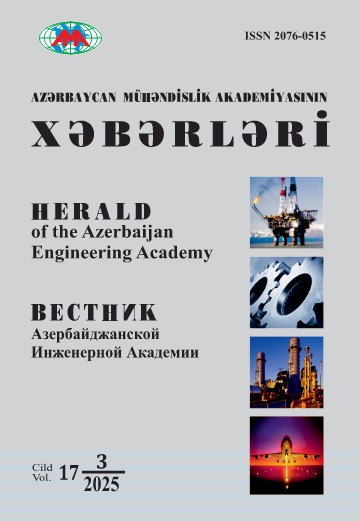The Role of Contact Spots of Friction Pairs of Microprotrusions in The Energy Loading of Braking Devices
DOI:
https://doi.org/10.52171/2076-0515_2022_14_02_64_73Anahtar Kelimeler:
braking devices- friction pairs- microprotrusion contact spots- dynamic and thermal loadÖzet
The article demonstrates that the presence of temperatures (flash, surface and volume) requires clarification that there is still a steady temperature and a thermal stabilization state of a metal friction element, when the temperature gradient over its thickness remains constant and minimal for some time. Relationships between one and two materials of metal friction linings with impulsive normal forces and current surface-volume temperatures of friction pairs and the allowable temperature of the FK-24A material are established. The introduction of the obtained data on the energy levels of the contact patches of microprotrusions of friction pairs of brakes will significantly improve their quality and significantly reduce the volume of tribological studies.
Downloads
Yayınlanmış
How to Cite
Sayı
Bölüm
License

This work is licensed under a Creative Commons Attribution-NonCommercial 4.0 International License.



